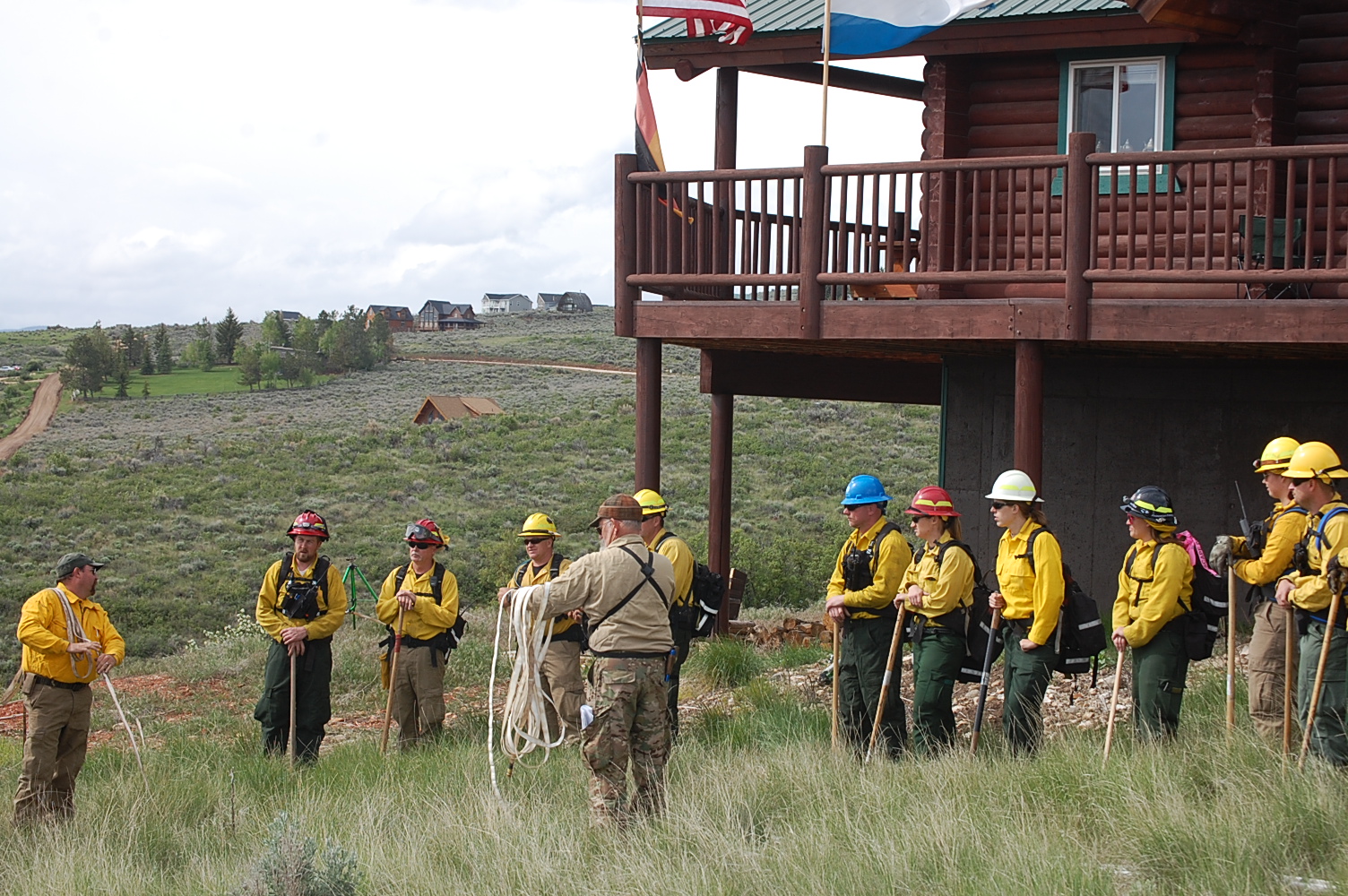
Salt Lake City – On Feb. 15, the interagency executive leadership team met to discuss the current state of the interagency wildland fire dispatch consolidation efforts. The interagency team consists of executives from the U.S. Forest Service (USFS), Bureau of Land Management (BLM), Utah Department of Natural Resources (UDNR), Bureau of Indian (BIA), National Park Service (NPS) and U.S. Fish and Wildlife Service (FWS).
Based on that discussion and feedback received from wildland fire managers, employees and other stakeholders the decision has been made to maintain the current five-dispatch center model.
“As we moved through this process, it became clear that there was a great deal of concern and uncertainty among fire managers, partners and the local communities that we serve,” said BLM-Utah State Director Ed Roberson. “From the start of this efficiency and cost management effort, we said clearly that we were prepared to stop and adjust at any time if we could not offer the same level of safety and service to our customers,” he added.
“The interagency team values the relationships between our employees, partners and local communities, and without their support, we do not believe that we can offer the same level of critical services that we currently offer,” said Utah State Forester, Brian Cottam.
For decades, state and federal agencies have worked together on an interagency basis to successfully manage wildfire in Utah, and dispatch centers are an important part of this collaborative effort. The interagency fire team will continue to seek efficiencies, focusing on providing a ready and relevant force prepared to execute their duties when called upon.
“We still have key issues that we need to take care of,” said Nora Rasure, Regional Forester for the USFS Intermountain Region. “Moving forward, the interagency team will address annual operations funding, long-term infrastructure needs and a continued commitment to finding a fair-share equitable funding model amongst the agencies.”
###